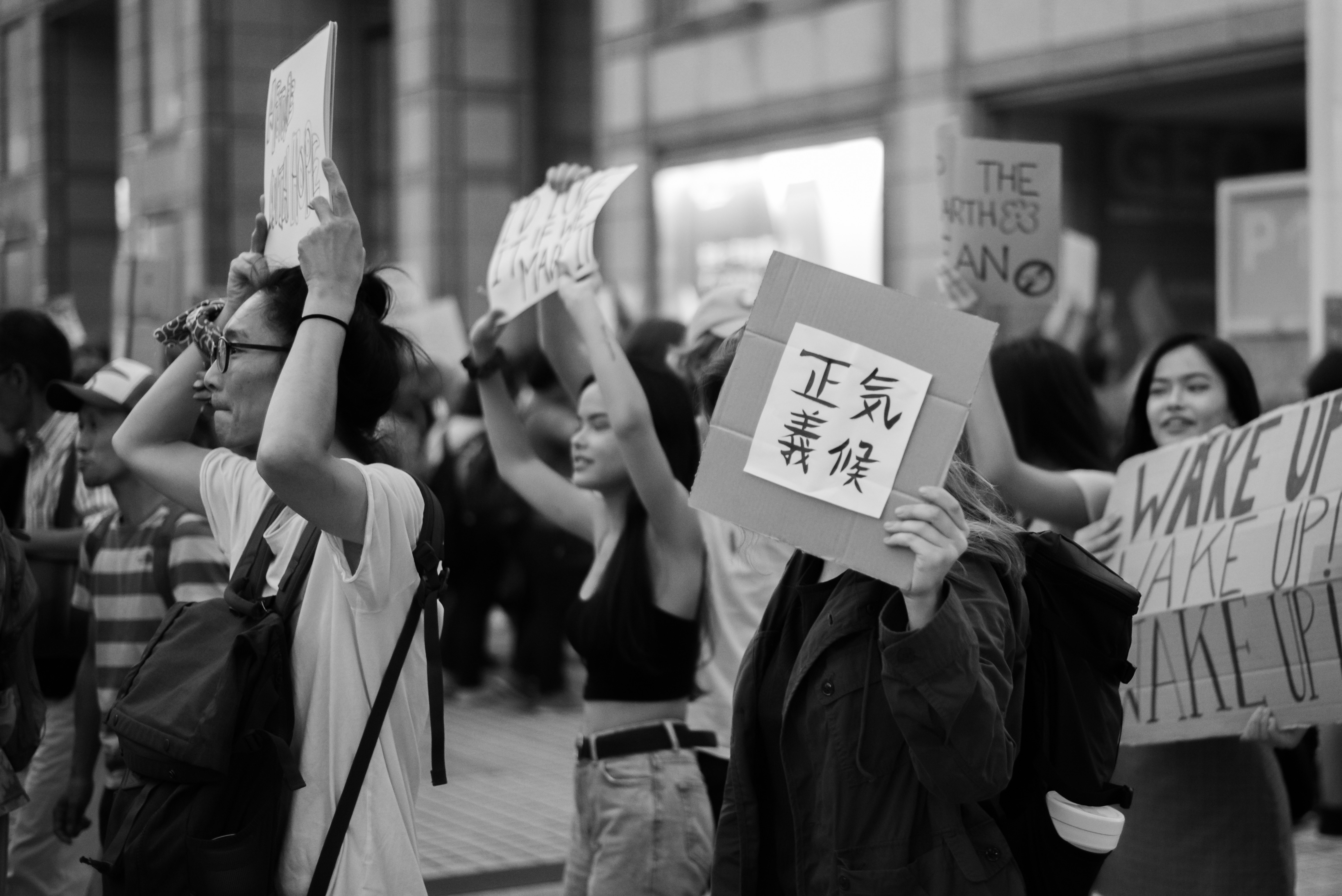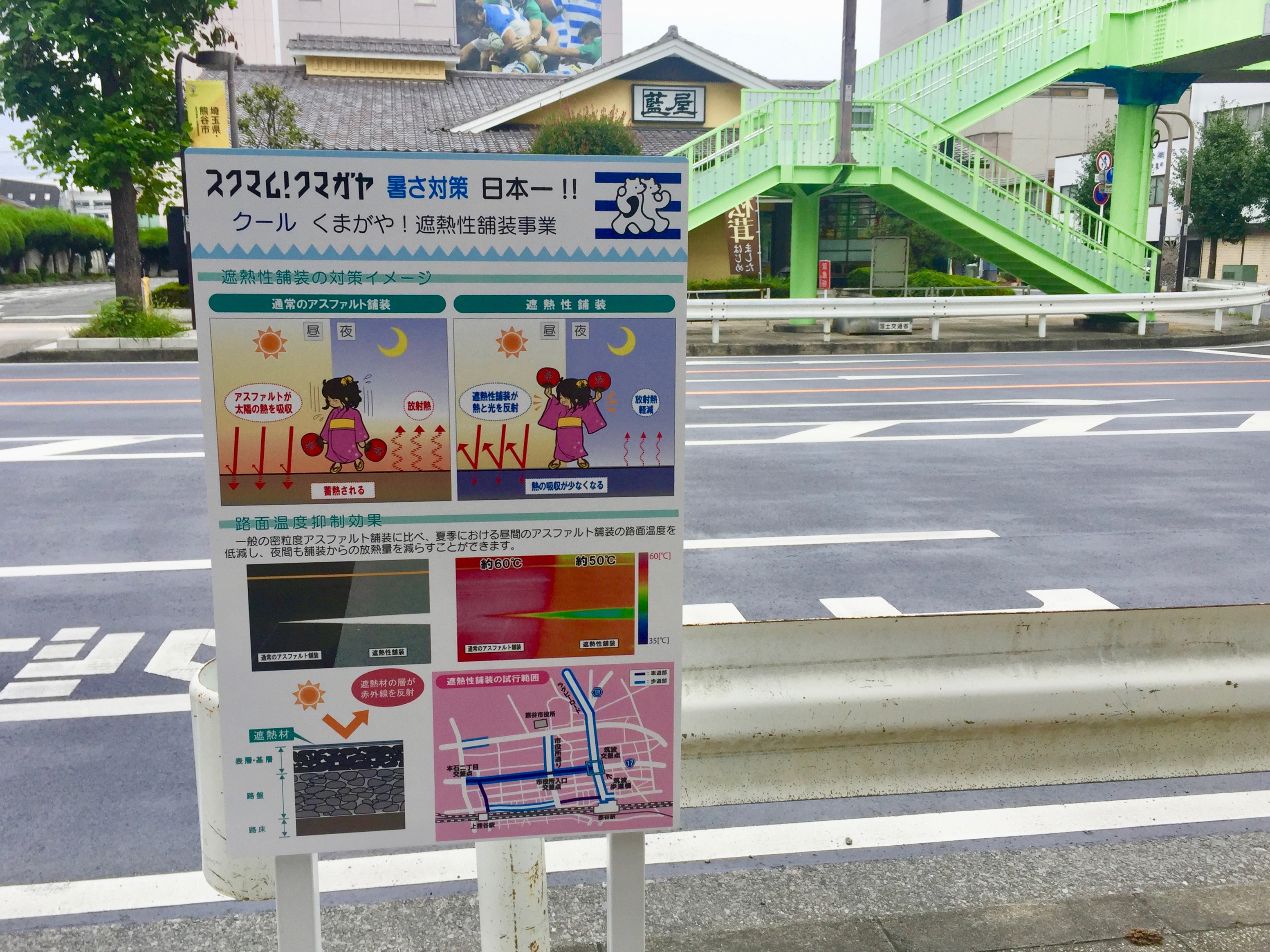
On September 20, 2019, millions of people around the world participated in the Global Climate Strike and marched for the future of the planet. Tokyo had its own event, renamed the Climate March and scheduled so students and workers could attend after school or work. An estimated 2,800 people gathered in front of the United Nations University to kick off the event. It was a mix of foreigners and locals in attendance, and leaders of the protest released marchers in organized waves of chanting and sign-waving. Escorted by police that directed traffic, the loud protesters marched through the famously crowded Shibuya Crossing hoping to bring attention to the climate crisis.
So far, I had been speaking with regular people somewhat at random. Climate change affects everyone, and each person has a part to play in this story, but not everyone is necessarily taking an active role. This was an opportunity to speak with some of the most mobilized and passionate people in Japan when it comes to the topic of climate change.
Compared to other events that took place on that day, the Tokyo event was small. As I spoke with protesters, many were hesitant to give their full names, and they spoke about the lack of engagement from Japanese people. One protester, a University student named Nao, noted the lack of engagement in the protest. "Greta Thunberg, Greta San, she started this climate strike. Around here there are a lot of students," she said, motioning to the surrounding buildings where students of UN University presumably live. "We are students, but look around," she said, pointing to the mixed crowd around her and noting, "There are not students here. We need more people to take action, to let people notice how we should do something to protect our earth for the future."
Another young person I spoke with, 24-year-old Eisho Hayashi, had concerns about the way climate change was being taught in school. "Most students are educated about the climate crises as a conflict between the environment and economic interests. That is the problem I think." He disagreed with this premise. "Climate solutions, like clean energy, have benefits for everyone. We have to change the education."
While young faces made up much of the crowd, the older generations were out as well. Another protester I spoke with, who introduced himself as Jeff, owns a clean energy retail company. His reason for attending the climate march was simple, "It matters. If we don't change the way we are doing things we are going to end up in a bad situation." When asked what he hoped the march would achieve, he brought up the lack of interest from the Japanese public as well as media. "We need to raise awareness of the people who aren't here. The media has pretty much ignored it up until now. Unfortunately, it's mostly foreigners. We need more Japanese."
While I was speaking with Jeff, a middle-aged man and self-described happy customer of Jeff's named Masa chimed in when I asked why there wasn't more engagement and action in Japan. "I share in the sense of urgency to do something, but as one consumer you wonder, 'What can I do?'" Jeff agreed, saying the biggest problem in Japan is not misinformation or denial of the science, but people "sitting on their butts and not moving."
Everyone I spoke with agreed on the big picture problem: Climate change is not being addressed in an adequate way in Japan.
When asked why, people gave slightly different reasons, but the response to what should be done was almost universal.
I spoke with 56-year-old Yuki Manami as the marchers began to move off down the street and he summed up what the protesters think needs to be done in Japan. "If possible, we need more people to understand this problem. They need to know what is happening now and in the future with climate change." I asked if he thought that knowledge would lead to action, and he said emphatically, "Yes."
I followed the protest for a ways, as the crowd marched through one of the busiest intersections on planet earth. Looking around, I saw people continuing on with their plastic shopping bags in hand, sipping coffee in windows of 10 story department stores, smoking in the designated, boxed off smoking areas. There was not much reaction, at least visibly, to the march. With the help of police, traffic flowed smoothly around the crowds and aside from the chants blaring from car-mounted speakers, the flash of the occasional camera, and signs waving in the air, the organized chaos that is Tokyo wasn't much disrupted.
I don't know whether the protesters achieved their goal of raising awareness. But thinking back on the discussion I had with Kaz Ogawa and his sincere questions about the causes and impacts of climate change, it is hard to imagine the protest fell on uncaring ears.



